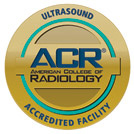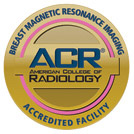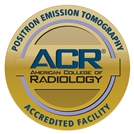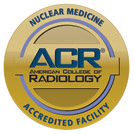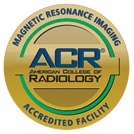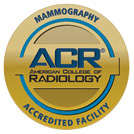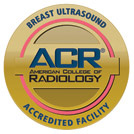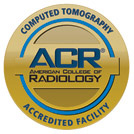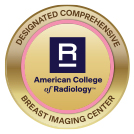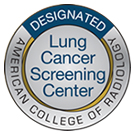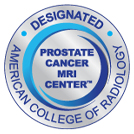Magnetic resonance imaging (MRI) combines radio waves and a magnet to take pictures of the body’s internal structures, offering detailed insight of the soft tissues.
Magnetic strength varies, from a low-field MRI (1.5 Tesla or under) to 3T and high-field procedures and ultra-high fields (UHF), used primarily in research. The 3 Tesla MRI’s clarity, detail and contrast make it increasingly common for diagnostic imaging to observe the brain, spine, joints and blood vessels.
What Is 3T MRI?
Free of ionizing radiation, 3T MRI is a non-invasive imaging procedure that creates two and three-dimensional cross-sectional images of the body’s tissues, blood vessels and organs. To generate a picture, the device’s magnetic field lines up the body’s water molecules, while the radio waves encourage the body’s atoms to generate a signal.
Low-field MRIs were the default procedure through the 1980s but suffered from excessive noise and interference, resulting in less-clear images and longer procedure times. 3T MRIs were introduced as a faster, more detailed alternative and hospitals and imaging centers started adopting them in the 2000s.
3T references both the magnet size and magnetic field created, resulting in twice the power as a conventional 1.5T scanner. The higher strength results in better image quality and faster scan times. 3T MRIs:
- Are typically performed in less time than 1.5T exams, with computer-generated images sent to your doctor for review.
- Deliver a clearer, more complete image of soft tissue, organs and other structures.
- Have a greater signal-to-noise ratio, which results in a higher-quality image and more accurate diagnoses.
- Deliver a greater level of contrast, which means less contrast dye may be needed.
- Are ideal for viewing the brain, spine, musculoskeletal system, areas with irregular fat content and smaller structures like blood vessels.
- Often have a larger bore, which accommodates a wider range of patients and scanning requests.
- Accommodate full-body to single-organ imaging.
What Are the Uses of a 3T MRI?
Doctors request 3T MRIs to diagnose various concerns throughout the body, including:
- Evidence of a stroke or traumatic injury
- Identifying tumors on bones or soft tissue and unruptured aneurysms
- Examining joint and ligament tissues and abnormal discs
- Mammography and observing dense breast tissue
- Orthopedic imaging, including the hands, fingers and related joints and tissues
- Prostate and rectal concerns
- Observing the brain for blood vessel issues, nerve issues or plaques
- Bone issues, including fractures, osteoporosis or another disorder
- Viewing the heart and blood vessels
- Identifying lesions
- Observing and diagnosing epilepsy
What to Expect During a 3T MRI
Before the procedure, patients should inform the doctor of implanted devices or embedded metal fragments, as the magnetic field can dislodge and turn them into projectiles. Also mention pregnancy or an allergy to contrast dye.
Patients typically do not have to fast but may be asked to fill out a medical and health questionnaire ahead of time. On the day of the procedure, patients must remove all watches, jewelry, belts, hearing aids, glasses and clothing with metal fasteners. To avoid additional risks, patients should avoid wearing medication patches, pumps or makeup.
If the procedure involves contrast dye, it will be injected ahead of time to highlight the body’s internal structures. As the MRI begins, the technologist will instruct the patient on positioning over an intercom. Patients have the ability to speak back to the technologist, who is also there to address any concerns and keep you comfortable during the procedure.
The patient lies on a table that slides onto a bore with a full or nearly full enclosure. The machine can produce a loud rattling noise as it gathers data; some patients wear earplugs.
The procedure typically lasts 30 to 60 minutes. Afterwards, the patient can resume their daily activities. Images will be sent to the doctor for review before a follow-up to discuss any findings, as well as a treatment plan if necessary.
Has your doctor recommended a 3T MRI? Contact Midstate Radiology Associates to make an appointment.





